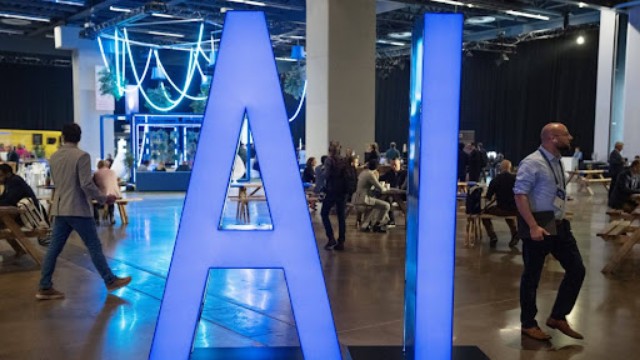
A handout image, shared on September 12, 2024, shows the new fifth-generation Spectacles from Snap. Reuters
Snap Inc. has unveiled the latest version of its Spectacles augmented reality (AR) glasses, marking a significant push into the wearable tech market. This new release, announced on Tuesday, highlights Snap's commitment to advancing AR technology, which aims to blend digital elements with the real world.
First introduced in 2016, Spectacles were Snap's initial foray into AR glasses, but they did not significantly boost the company's revenue, which primarily comes from digital advertising. Despite this, Snap remains optimistic about AR's potential. The company sees AR as a promising frontier in technology, with the ability to enhance how users interact with their surroundings through digital overlays.
The new fifth-generation Spectacles come with several upgrades. They feature a new operating system named Snap OS, which improves how the glasses interact with the user's environment. The OS can respond to voice commands and hand gestures, making the experience more intuitive. The glasses also offer a broader field of vision and include a built-in tint that adjusts automatically in sunlight.
Unlike previous versions, these Spectacles will not be available for direct consumer purchase. Instead, Snap plans to lease them to developers at $99 per month. This strategy is aimed at encouraging developers to create innovative AR features that will eventually appeal to everyday users. Snap's CEO, Evan Spiegel, explained that the goal is to provide compelling experiences that will drive broader adoption of AR technology.
The new Snap OS also promises enhanced functionality for multiple Spectacles users. For instance, two people wearing Spectacles could engage in activities like playing virtual chess on a digital board projected into their physical space. This feature is expected to enrich the AR experience by allowing interactive and shared virtual experiences.
In addition to the new Spectacles, Snap has also revamped its Snapchat app. The redesign reduces the app's previous five sections to three, streamlining user interactions and making it easier for advertisers to engage with users. This update aims to improve user experience and ad performance, addressing feedback from advertisers.
Despite these advancements, Snap has faced challenges this year, with its shares falling by 40%. The company has struggled to compete with larger digital ad platforms that have more extensive user bases. In response, Snap has focused on attracting smaller advertisers and emphasized its leadership in AR technology as a differentiating factor.
Spiegel has highlighted that Snap’s early investment in AR technology positions it as a leader in this emerging market, unlike digital advertising, where it entered a field with established competitors. He remains confident that by continuously enhancing AR features and collaborating with developers, Snap can create significant user demand for its innovative products.















